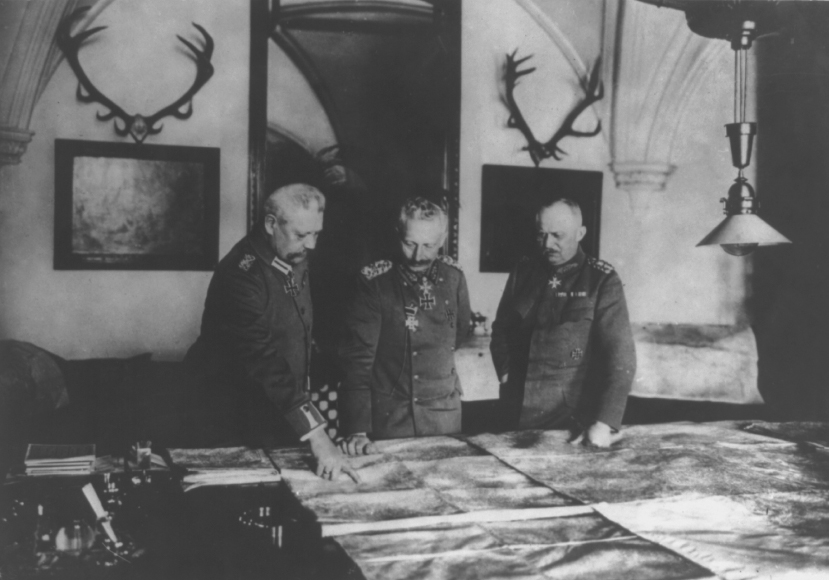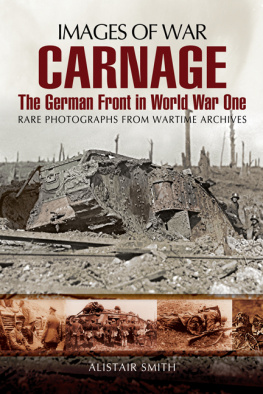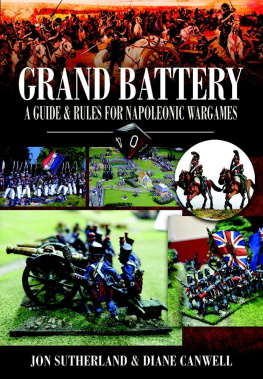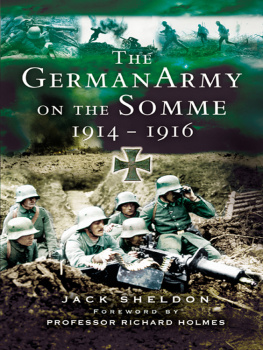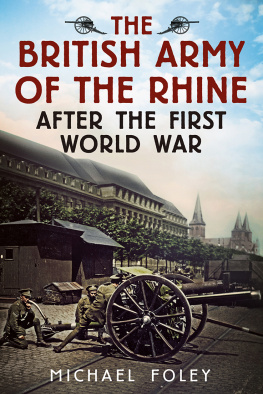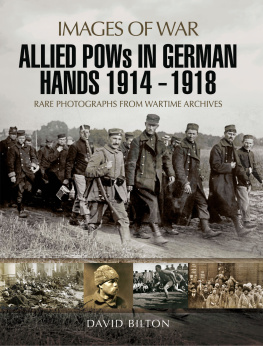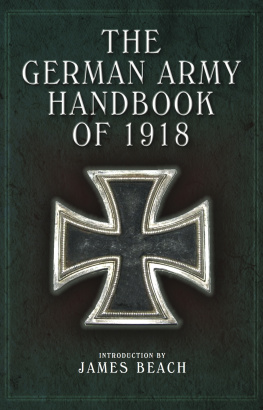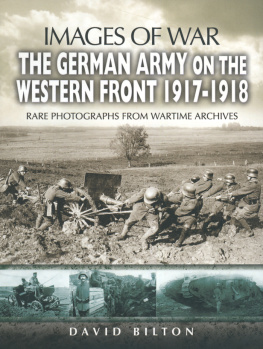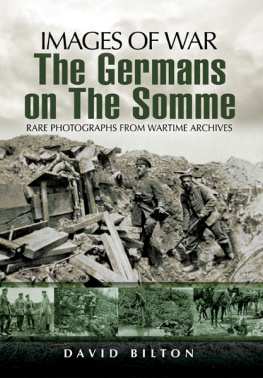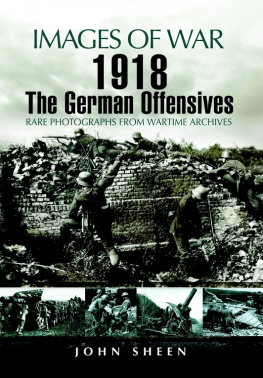
First published in Great Britain in 2012 by
PEN & SWORD MILITARY
An imprint of
Pen & Sword Books Ltd
47 Church Street
Barnsley
South Yorkshire
S70 2AS
Copyright Jon Sutherland and Diane Canwell, 2012
ISBN 978-1-84884-682-1
eISBN 978-1-78303-843-5
The right of Alistair Smith to be identified as the author of this work has been asserted by him in accordance with the Copyright, Designs and Patents Act 1988.
A CIP catalogue record for this book is available from the British Library.
All rights reserved. No part of this book may be reproduced or transmitted in any form or by any means, electronic or mechanical including photocopying, recording or by any information storage and retrieval system, without permission from the Publisher in writing.
Typeset by Concept, Huddersfield, West Yorkshire Printed and bound in England by CPI Group (UK) Ltd, Croydon, CR0 4YY.
Pen & Sword Books Ltd incorporates the Imprints of Pen & Sword Aviation, Pen & Sword Family History, Pen & Sword Maritime, Pen & Sword Military, Pen & Sword Discovery, Wharncliffe Local History, Wharncliffe True Crime, Wharncliffe Transport, Pen & Sword Select, Pen & Sword Military Classics, Leo Cooper, The Praetorian Press, Remember When, Seaforth Publishing and Frontline Publishing.
For a complete list of Pen & Sword titles please contact
PEN & SWORD BOOKS LIMITED
47 Church Street, Barnsley, South Yorkshire, S70 2AS, England
E-mail: enquiries@pen-and-sword.co.uk
Website: www.pen-and-sword.co.uk
Contents
Dedication
The author would like to dedicate this book to the memory of Peter Coles
Introduction
O n 1 January 2008, arguably the last German infantryman of the First World War, Erich Kaestner, died in Hanover at the age of 107 years. Admittedly Kaestner had only been called up in July 1918, but he did take part in one of the last German pushes to turn the tide.
Approximately 2 million German soldiers were killed during the course of the First World War and a further 4.2 million were wounded. In addition to this, 1 million soldiers of the Austro-Hungarian Empire were also killed and 3.6 million were wounded.
This album belonged to an unnamed German infantry soldier. It is clear from the photographs that he saw action in the trenches on the Western Front. He was also able to take photographs of downed enemy aircraft and enemy prisoners of war, which supposes that at some stage he was responsible for guarding them.
The spark that set off the First World War took place hundreds of miles away from the killing fields of France and Belgium. The heir to the Habsburg throne, Archduke Franz Ferdinand, was visiting Sarajevo in Bosnia. The whole region had been annexed by the Austro-Hungarians in 1908. The Serbs living in Bosnia were highly resentful that the country had not been incorporated into Serbia itself. A student, Gavrilo Princip, assassinated both Franz Ferdinand and his wife. This incident took place on 28 June 1914. A month later the Austro-Hungarian Empire declared war on Serbia.
The Russians then sided with the Serbs and began their mobilisation. On 1 August Germany declared war on Russia, and France began to mobilise. Two days later Germany declared war on France and on 4 August they invaded Belgium. Great Britain sent Germany an ultimatum demanding her withdrawal, but there was no reply and, consequently, Britain declared war on Germany.
The First World War was by no means the first conflict to be extensively photographed. In fact photographs had been taken during the Crimea War, the Indian Mutiny, the American Civil War, the Spanish-American War and the Second Boer War. Nonetheless, for the professional photographer, chronicling the conflict was extremely difficult. The British, for example, arrested several reporters and photographers in France in 1915. Civilian photographers were generally banned and in fact the penalty for taking photographs at the front was death. However, there are tens of thousands of photographs of the First World War, many of which were taken by photographic agencies or by officers with the necessary finance, equipment and skill to take their own private shots. Unfortunately many of the photographs that were taken during the First World War are uncredited. If anything the photographs are simply attributed to official photographers. There is very little existing documentation to help us identify the names of photographers, some of which took extreme risks in the trenches.
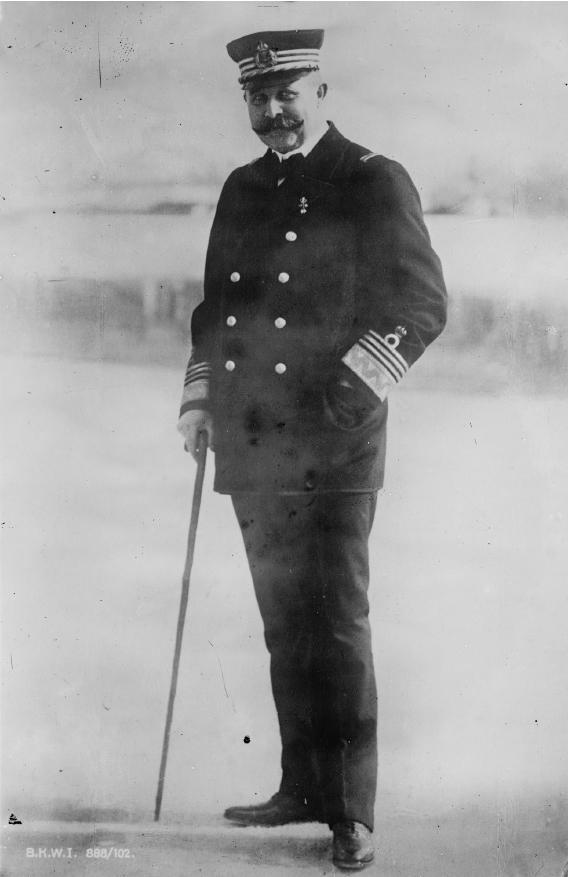
Archduke Franz Ferdinand, who was assassinated along with his wife in Sarajevo, Bosnia, a recently annexed Austrian province. ( Library of Congress )
The First World War was a calamitous conflict, not just for the Allies, but also for Germany and its allies. This photographic album vividly portrays the squalor of trench warfare. We can see from the photographs the realities of living in the mud and cold. We can also see the devastation caused by constant bombardment, the way in which the landscape had been churned by thousands of shells many of which buried hundreds if not thousands of men.
Although many of the locations of these photographs may never be known, this photographic album provides a vivid testimony of the First World War from the rare German perspective.
An entire generation of young men were killed, maimed or permanently traumatized by their involvement in the First World War. Statistics cannot even begin to explain the experience. Not only did the First World War leave a lasting legacy on families across the world, but it also served as a catalyst in the rise of Hitler and a convenient excuse for him to redress the wrongs that he perceived had been inflicted on Germany by the Treaty of Versailles.
As far as the British are concerned, the Commonwealth War Graves Commission maintains 385 cemeteries in Belgium alone. There is a staggering 1,665 in France. These cemeteries are for those who fell from Britain and her Empire.
Nothing could have prepared the world for the kind of conflict that would develop, particularly in Europe, on the Western Front. The Germans knew that they would have to ultimately fight on two fronts, probably against France and Russia. A plan that had been developed between 1897 and 1905, known as the Schlieffen, counted on Russia taking at least six weeks to mobilise. The plan called for a huge, sweeping movement across Belgium and Luxembourg, which would hook around Paris and roll up the French army from the north. Changes were made to the plan before the Germans launched their assault, attacking in five columns on 5 August 1914. Enemy defences and troops proved to be more resilient, but the Germans had still made considerable progress.
By late August the British Expeditionary Force had been thrown into the line at Mons, where they fought their first land battle in Western Europe since Waterloo in 1815. The Germans, however, still held the upper hand and continued to push west and south, capturing swathes of Belgium and France in the process. On the River Marne, Allied counterattacks saved Paris and condemned that sector of the front to trench warfare. Elsewhere on the front there was still movement, but as Allied lines began to stiffen, and even advance, these areas also were reduced to stalemate. Battles such as Ypres, Verdun, Arras, Cambrai and Amiens are etched into the memory of those who may only have a scant knowledge of the First World War.
